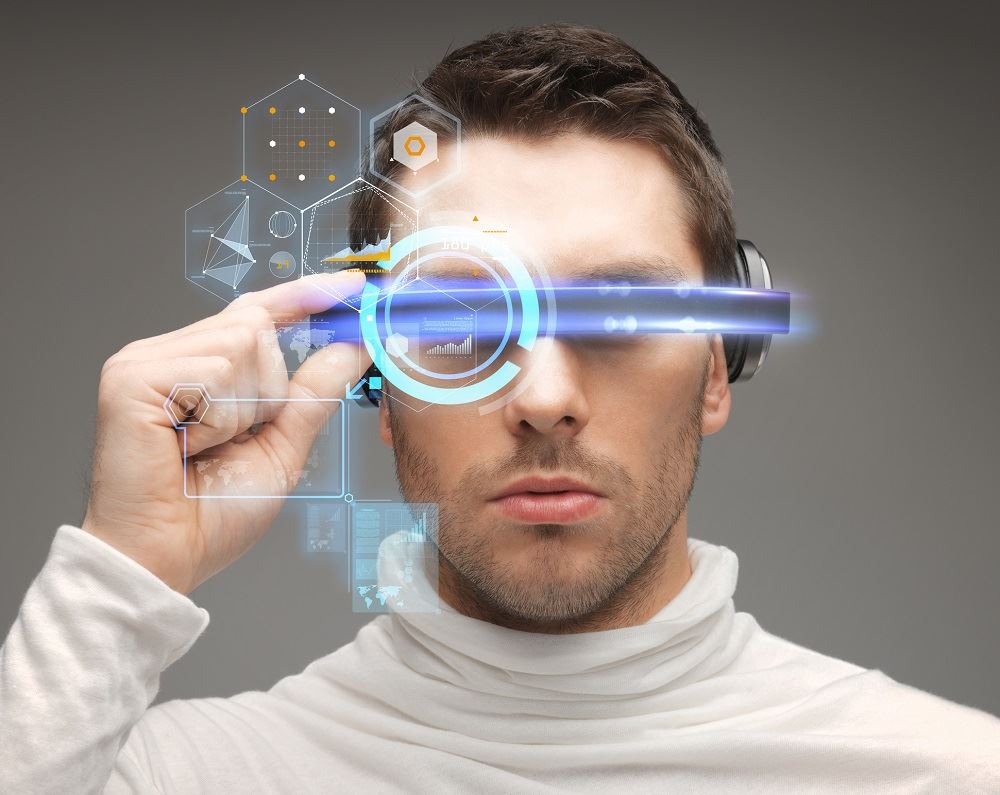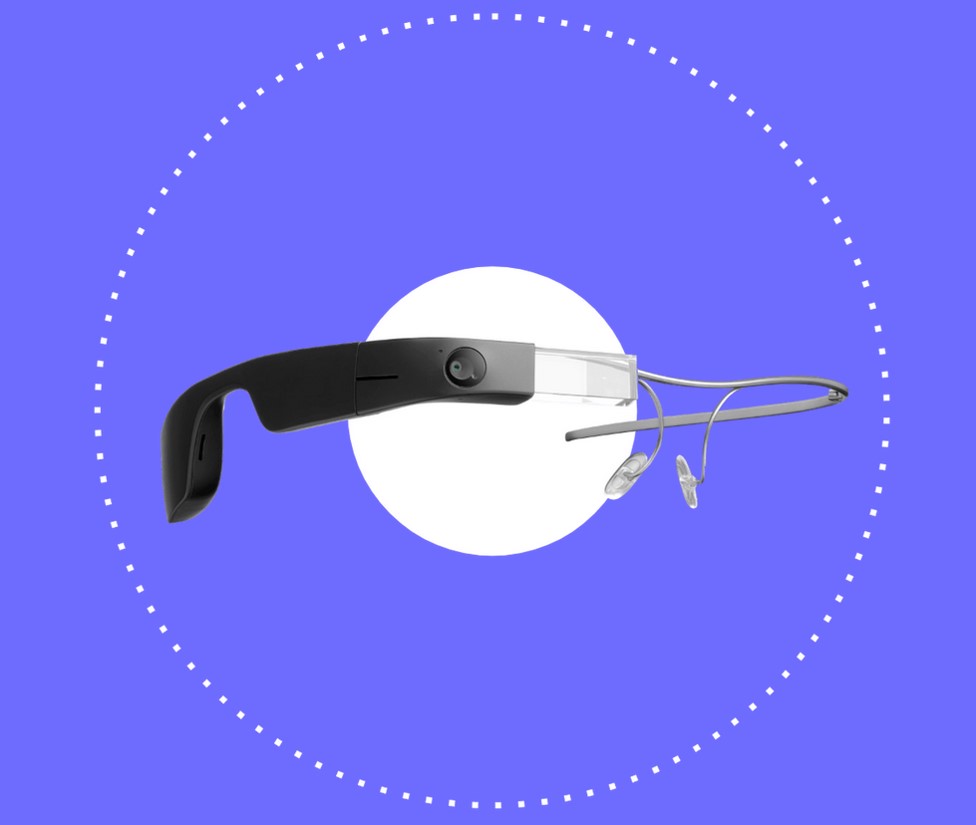Voice-Activated Assistive Devices: Empowering the Visually Impaired Through Innovation
Voice-Activated Assistive Devices: Empowering the Visually Impaired Through Innovation
Blog Article
Empowering Freedom With Assistive Technology for the Blind
The integration of assistive technology for people that are blind or visually damaged represents a substantial improvement in fostering freedom and improving quality of life. With an array of tools-- from screen viewers to ingenious responsive devices-- these technologies not just promote navigating and communication yet also promote social inclusion and engagement in various facets of life.
Recognizing Assistive Innovation
Although assistive technology has advanced dramatically throughout the years, its fundamental function continues to be the very same: to improve the quality of life for individuals with disabilities, specifically those who are aesthetically impaired or blind. This innovation encompasses a wide range of devices and tools that assist in independence and functionality in everyday tasks.
Assistive modern technology can be categorized right into sophisticated and low-tech options, each designed to meet certain needs. State-of-the-art tools typically consist of software applications, specialized hardware, and adaptive gadgets that utilize advanced innovation to supply assistance in numerous contexts. On the other hand, low-tech options might involve everyday products that are customized to enhance access, such as magnifiers or responsive markers.
The integration of assistive innovation into the lives of individuals who are blind or aesthetically hindered not only promotes freedom but likewise cultivates social incorporation and involvement in academic and professional atmospheres. By leveraging these modern technologies, customers can navigate their surroundings, accessibility details, and interact successfully, thereby improving their general lifestyle. Understanding assistive innovation is critical for supporters, caregivers, and specialists that aim to support individuals in maximizing their potential and attaining higher independence.
Kinds of Assistive Instruments
Assistive gadgets for the blind and visually damaged are essential devices that improve daily obeying dealing with specific difficulties experienced by customers. These tools can be extensively categorized right into three primary kinds: optical gadgets, electronic gadgets, and sensory devices.

Sensory tools, such as Braille screens and responsive maps, offer alternate ways to get information. Braille presents convert electronic message into Braille, enabling individuals to check out touch. Responsive maps use spatial understanding through increased textures and lines, enabling far better environmental recognition.
Together, these assistive devices equip people with visual impairments to involve more completely with their environments, advertising higher freedom and confidence in everyday tasks.

Effect On Daily Life
The combination of assistive modern technology right into the every day lives of individuals who are blind or aesthetically damaged significantly enhances their capability to browse and connect with the globe around them. Instruments such as screen viewers, Braille displays, and mobile applications assist in accessibility to details, permitting individuals to engage with electronic material, connect successfully, and manage daily tasks independently.
Additionally, technologies like wise glasses and navigation apps supply real-time help in unknown atmospheres, boosting movement and confidence. These devices enable users to identify barriers, read signs, and also identify faces, therefore fostering a sense of autonomy in public spaces. In addition, home automation systems, which can be controlled with voice commands, allow individuals to handle their living settings better, enhancing convenience and safety and security.
The effect of assistive innovation extends past functional tasks; it advertises social incorporation and psychological well-being. By bridging the void in between people and their surroundings, these modern technologies encourage customers to participate totally in neighborhood activities, seek educational possibilities, and participate in significant relationships. Inevitably, the innovation of assistive technology is crucial in redefining the opportunities for people who are blind or aesthetically impaired, resulting in a more accessible and comprehensive culture.
Success Stories and Endorsements

Another powerful endorsement comes from Mark, a current university graduate that utilized screen reading software program throughout his academic journey. This innovation allowed him to accessibility course materials and join conversations, ultimately resulting in his effective transition into the workforce. Mark credit histories assistive innovation for encouraging more tips here him to achieve his career goals, highlighting its duty in leveling the having fun area for individuals with aesthetic problems.
Additionally, recreation center have reported boosted engagement in their programs thanks to the introduction of available digital systems. These systems have actually made it less complicated for people to attach, share resources, and assistance each other. These success stories collectively highlight the extensive result of assistive modern technology in cultivating freedom, boosting lifestyle, and breaking down barriers for the aesthetically damaged and blind community.
Future Trends in Assistive Technology
Arising innovations are positioned to change the landscape of assistive technology for individuals who are aesthetically impaired or blind. Developments in man-made intelligence (AI) and maker discovering are improving the capabilities of devices, making it possible for even more instinctive individual experiences. AI-driven applications are progressively able to read and recognize things message out loud in real-time, supplying users with important information about their surroundings.
Furthermore, developments in wearable modern technology are creating new possibilities for independence. Smart glasses furnished with increased reality attributes can overlay crucial info onto the customer's field of vision, assisting in navigating and communication with the environment. In addition, the assimilation of Net of Things (IoT) gadgets is simplifying ease of access in wise homes, enabling individuals to regulate devices and receive notifications through voice commands or tactile user interfaces.
The growth of braille display screens and responsive responses systems is additionally growing, advertising access to electronic material and enhancing communication. As these technologies proceed to evolve, they promise to boost day-to-day living, academic chances, and work leads for people with visual impairments. Continuous partnership in between technologists, users, and campaigning for teams will be crucial in guaranteeing these advancements meet the needs of the community effectively.
Conclusion
Finally, assistive innovation plays a critical function in improving the independence of people who are blind or visually damaged. By giving necessary tools and sources, these technologies help with boosted interaction, navigation, and accessibility to details, consequently fostering autonomy and positive self-image. The transformative effect of assistive tools not only advertises efficient interaction with the setting but likewise urges social addition and engagement in different facets of life, ultimately equipping customers to grow within their areas.
The integration of assistive innovation for people that are visually damaged or blind represents a considerable innovation in promoting self-reliance and enhancing high quality of life.The integration of assistive modern technology into the lives of people optometrist uk that are blind or aesthetically impaired not just promotes autonomy however likewise cultivates social inclusion and engagement in professional and academic atmospheres. Inevitably, the improvement of assistive modern technology is crucial in redefining the opportunities for people who are aesthetically damaged or blind, leading to a much more comprehensive and available society.
Lots of individuals that are blind or visually damaged have shared motivating success stories that highlight the transformative impact of assistive technology on their lives.In conclusion, assistive technology plays a pivotal duty in boosting the freedom of people who are visually impaired or blind.
Report this page